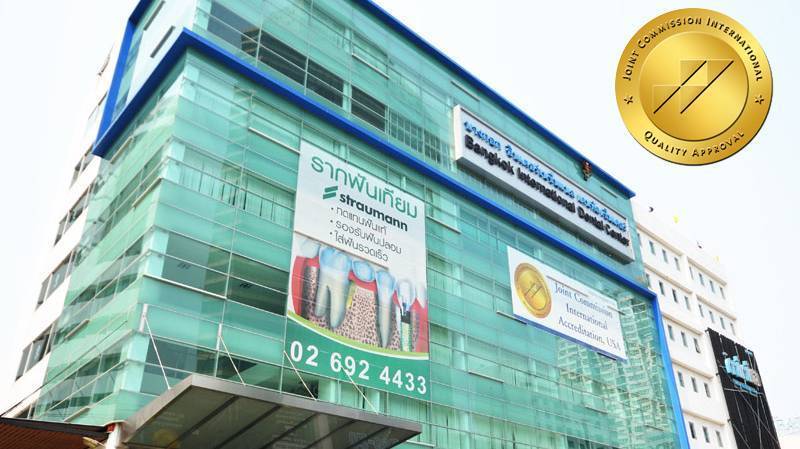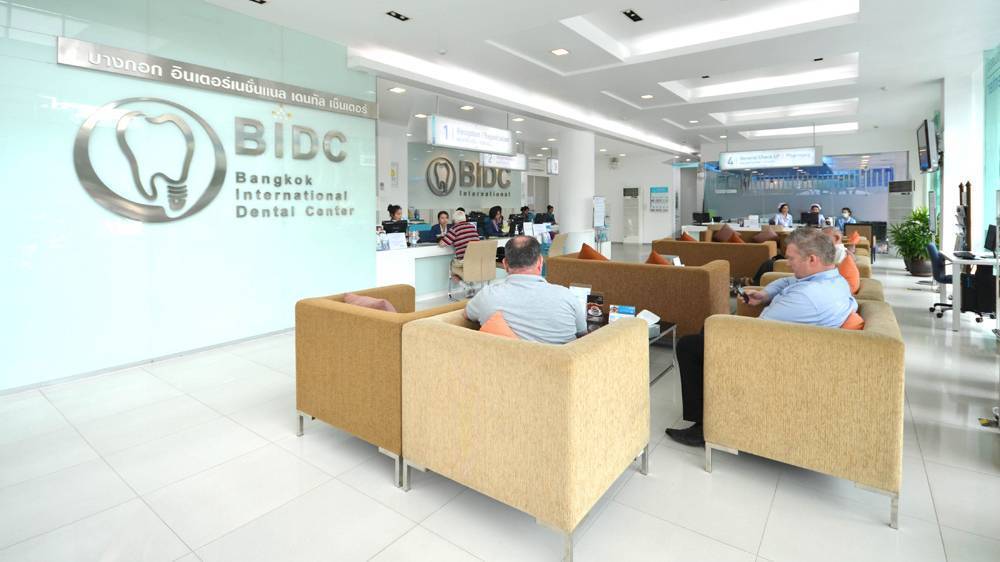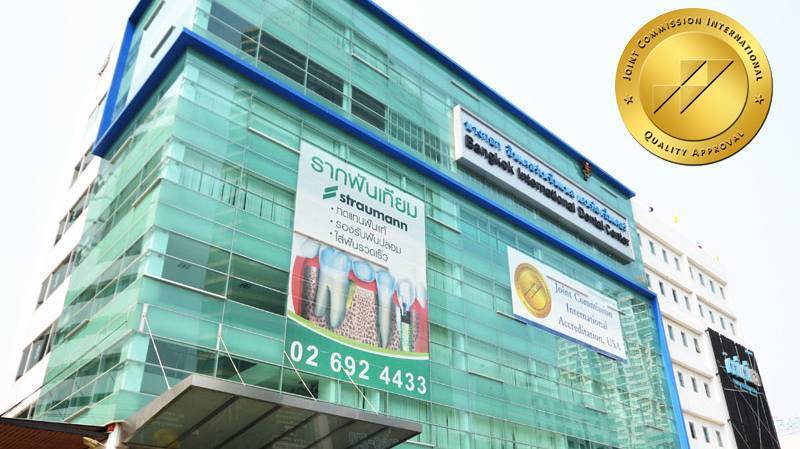It Is Suitable For
· Those in Bangkok looking to repair moderate tooth decay or damage.
· Those who want to restore cracked or weakened teeth.
· Those who want to replace large or failing fillings.
· Those who wish to strengthen back teeth used for chewing.
· Those who wish to try a conservative alternative to crowns.
What Is Inlays and Onlays?
Inlays and Onlays are indirect dental restorations designed to repair teeth that are too damaged for traditional fillings but not damaged enough to require crowns. An inlay fits within the cusps (raised points) of a tooth’s chewing surface, while an onlay extends over one or more cusps, providing added coverage and protection. They are custom-made in a dental laboratory using materials such as porcelain, ceramic, composite resin, or gold. These restorations restore the tooth’s strength, function, and appearance while preserving more of the natural tooth structure compared to full crowns.
How It Works
Inlays and Onlays begins by removing decay or old filling material from the affected tooth. The dentist at our affiliated clinic then shapes the area and takes an impression or digital scan. A custom inlay or onlay is fabricated in a laboratory to match the precise shape and colour of the tooth. During the second visit, the restoration is permanently bonded to the tooth using a strong dental adhesive. This bond reinforces the tooth structure, prevents bacterial leakage, and provides a seamless, natural-looking finish.
Inlays and Onlays Procedure
1. Consultation and oral examination will be conducted.
2. Local anesthesia will be administered.
3. Decay or old filling will be removed, and the tooth will be shaped.
4. Dental impressions or digital scans will be taken.
5. Temporary restoration will be placed.
6. Custom Inlay or Onlay will be fabricated.
7. Temporary dental filling will be removed during the second visit.
8. Permanent Inlay or Onlay will be bonded to the tooth.
9. Post-care instructions will be provided.
Advantages and Limitations of Inlays and Onlays
<Advantages>
· Enhances tooth strength and stability
· Offers precise fit and natural appearance
· Ensures long-lasting durability
· Provides a conservative alternative to full dental crowns
· Reduces the risk of further decay or fracture
<Limitations>
· May not be suitable for severely damaged teeth needing dental crowns
· Multiple visits may be required
FAQ
Q1: Are Inlays and Onlays better than fillings?
A1: Yes, they are stronger, more durable, and provide a better seal than regular fillings. Also, they preserve more natural tooth structure.
Q2: What is the difference between Inlays and Onlays?
A2: Inlays fit within the tooth’s chewing surface, while Onlays cover one or more cusps for added protection.
Q3: Can I chew gum with Inlays and Onlays?
A3: Yes, but it is best to wait 24 hours after placement and avoid very sticky or hard gum to prevent damage.
Q4: How long do Inlays and Onlays last?
A4: They can last 10 to 15 years, and often longer with good oral hygiene and regular dental check-ups.
Q5: Which lasts longer, Inlays or Onlays?
A5: Both last a similar amount of time, but Onlays may last slightly longer because they provide more coverage and strength.
Clinic Information
[Clinic Name] Bangkok International Dental Center (BIDC)
[Location] Bangkok, Thailand
[Nearest Station/ Nearest Tourist Destination] Near MRTA Thailand Cultural Center
[Clinic Opening Time] Monday to Saturday (9:00AM – 8:00PM)
Terms of Service
Trambellir is a health tourism platform and does not in any way provide, promote, or sell any
medication or medical treatment to the Customers.
Customers are advised to contact the healthcare providers directly for any enquiries related to
medical treatments.




